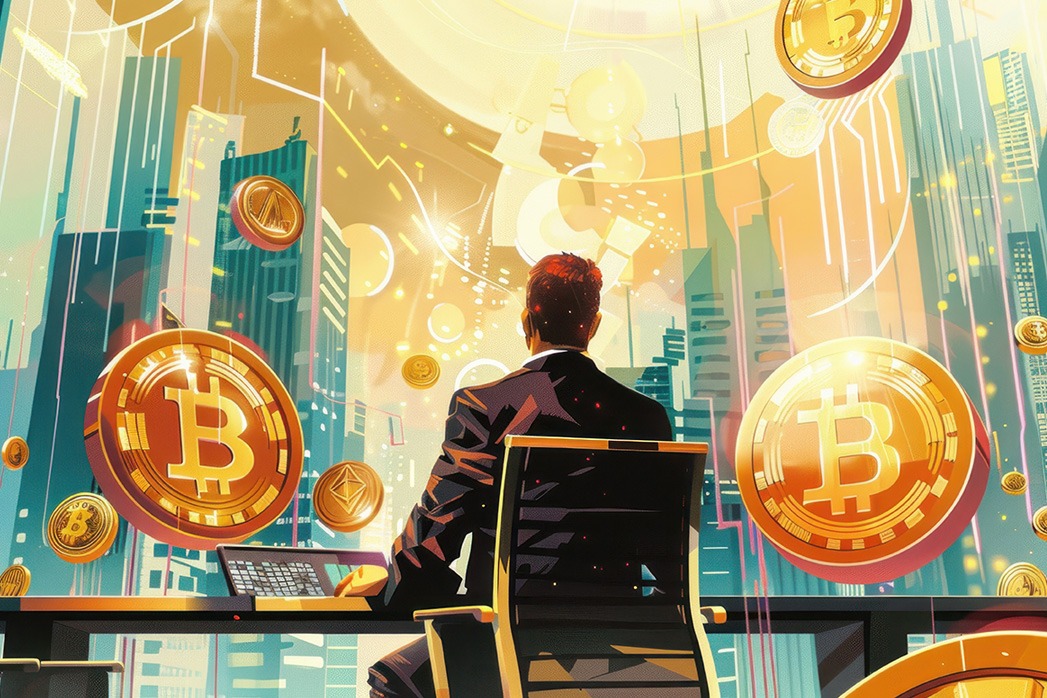The Rise of Real-World Assets (RWA): Why Tokenised Bonds and Funds Are Taking Off
“Tokenisation is turning yesterday’s illiquid markets into tomorrow’s digital opportunities.” – DNA Crypto Knowledge Base.
The ability to onboard real-world assets (RWAs) on-chain is one of the most transformative impacts of blockchain tokenisation. From equities and real estate to commodities and art, Tokenisation makes assets programmable, fractional, and tradable 24/7.
But one category is emerging as the most disruptive: tokenised bonds and investment funds.
Learn more: The Future of RWA Tokenisation.
What Are Real-World Assets (RWAs)?
RWAs are traditional financial or physical assets represented as tokens on blockchain networks.
- – Financial assets: bonds, equities, funds, credit
- – Physical assets: real estate, commodities, artwork
- – Intangibles: intellectual property, cash flows
Through Tokenisation, these assets become usable in DeFi for lending, borrowing, collateralisation, and yield strategies that traditional markets cannot match.
Explore: Tokenisation vs Traditional Securities
Why Bonds and Funds Are Leading
While tokenised stocks and real estate generate buzz, fixed-income and fund products are leading adoption:
- Institutional Demand – Global bond markets exceed $100T; Tokenisation makes debt packaging and distribution more efficient.
- Efficiency & Transparency – On-chain settlement reduces counterparty risk and accelerates processes.
- DeFi Yields – MakerDAO now backs its Stablecoins with tokenised treasuries, merging TradFi safety with DeFi yield.
- Accessibility – Tokenisation lowers barriers, allowing retail investors to buy fractional shares in products once reserved for the wealthy.
Read: Institutional Tokenisation
The Benefits of RWA Tokenisation
- Liquidity – 24/7 secondary markets
- Accessibility – Fractional ownership opens closed markets
- Programmability – Automated payouts and governance via smart contracts
- Transparency – On-chain auditability ensures verifiable reserves
More: Blockchain Infrastructure for RWAs
How Tokenization Works
- Asset selection (bond, fund, or pool)
- Token specifications (ERC-20, ERC-721)
- Blockchain deployment (Ethereum, Solana, etc.)
- Off-chain verification via oracles (e.g., Chainlink)
- Issuance & trading across exchanges and DeFi protocols
$11B and Growing
According to DefiLlama, tokenised RWAs grew from $5B TVL in Dec 2023 to $11B today.
Projects like xStocks (Solana) show retail trading of tokenised equities, while tokenised treasuries have become one of DeFi’s most sought-after yield sources.
Forecasts suggest the market could expand into the trillions within a few years.
Risks to Watch
- Custody challenges: off-chain assets must be secured
- Liquidity: Some products remain thinly traded
- Regulatory uncertainty: unclear securities treatment
- Smart contract vulnerabilities: bugs can compromise collateral
See: DeFi Security Risks
Tokenised Debt Takes the Lead
While real estate and equities attract headlines, bonds and funds may be more scalable given their scale, predictability, and institutional demand.
At DNA Crypto, we view RWAs as the next trillion-dollar digital asset base — and we help clients design bespoke Tokenisation strategies that integrate compliance, custody, and DeFi opportunities.
Image Source: Adobe Stock
Disclaimer: This article is purely for informational purposes and does not constitute legal, tax, or financial advice.
Register today at DNACrypto.co.

